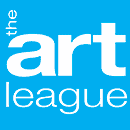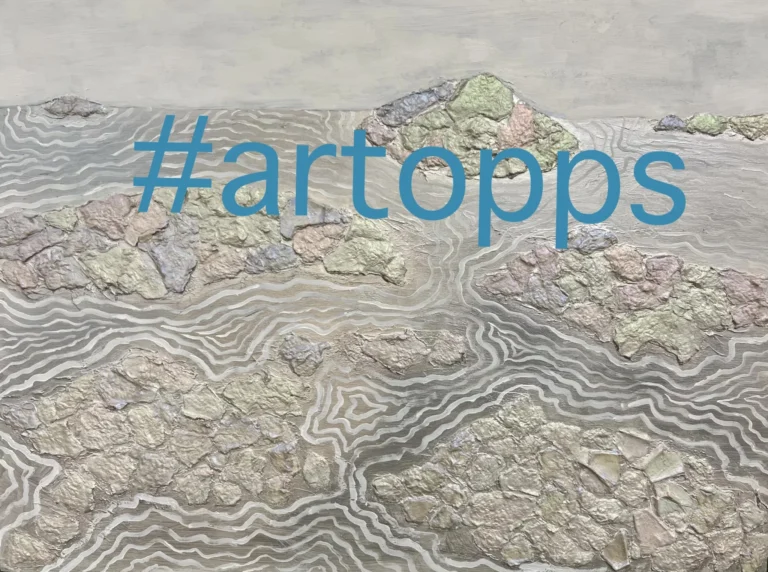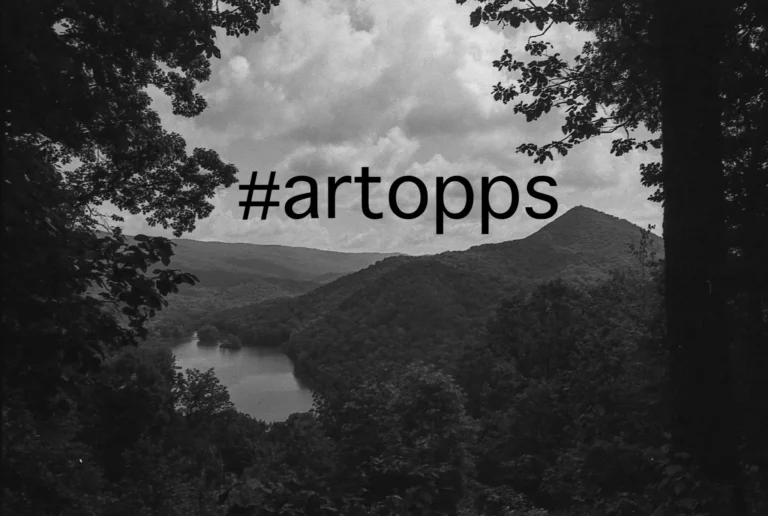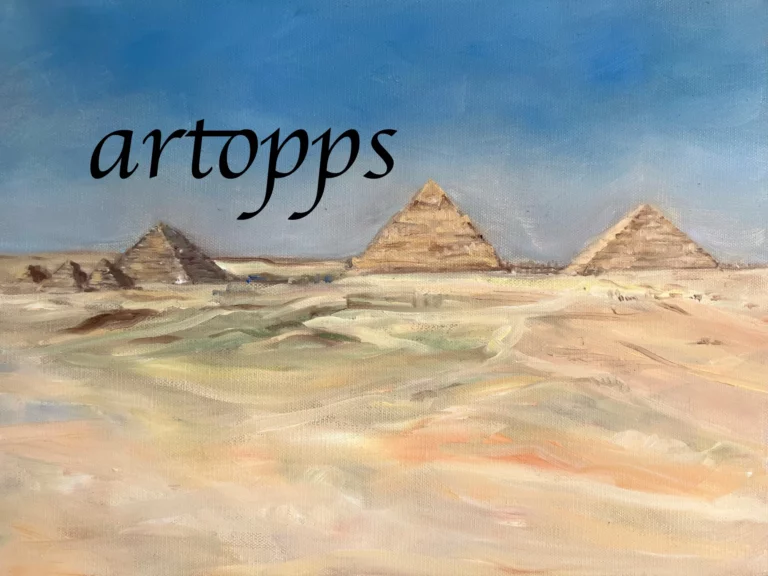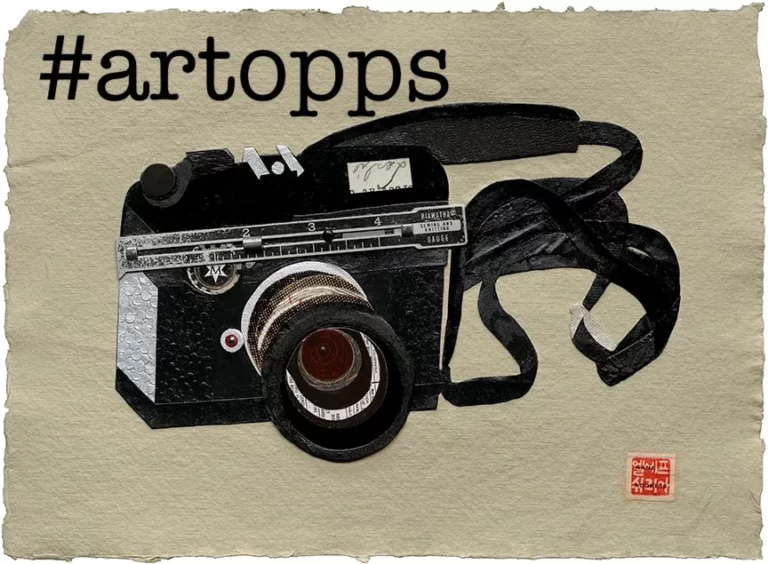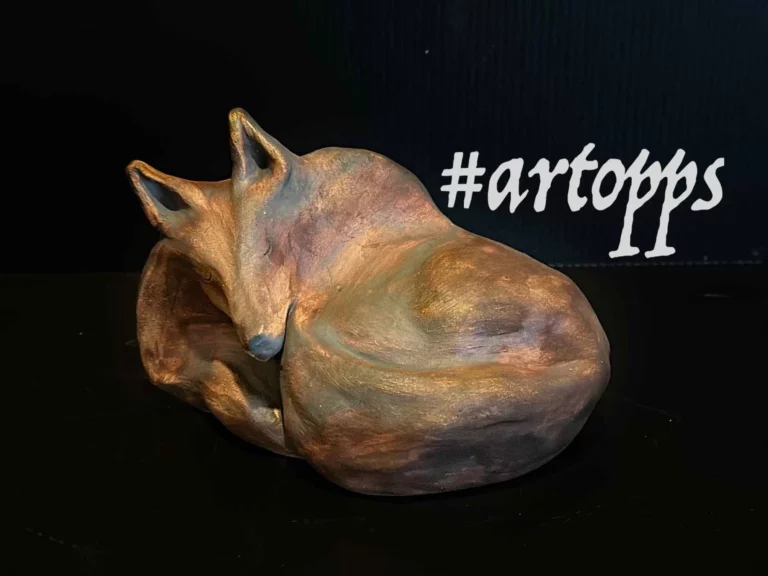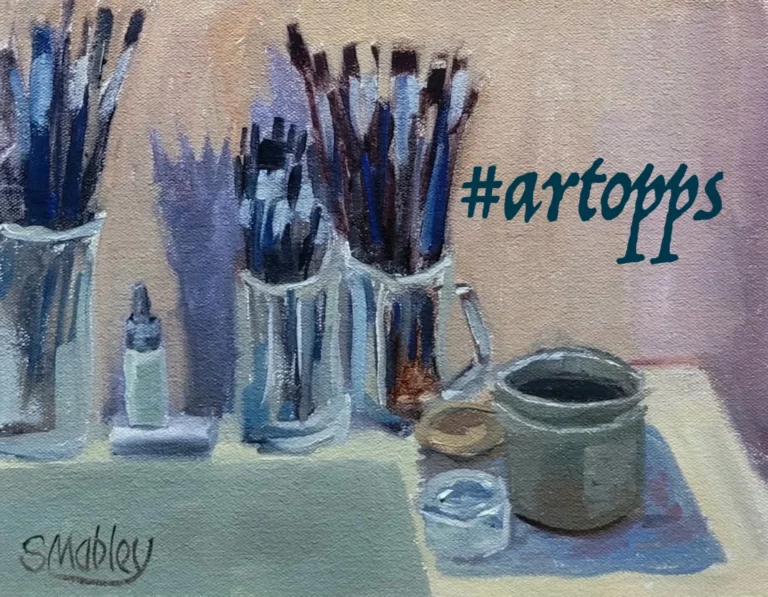New Book on Fabric Printing at Home by Julie Booth
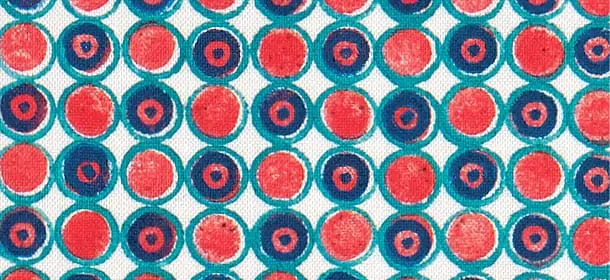

Fiber artist and Art League instructor Julie B. Booth (website | class schedule) has a brand-new book coming out December 2, and it’s all about printing on fabric using stuff from around your house. To mark the occasion, we asked the author a few questions about what’s in Fabric Printing at Home, and what it’s like to write a how-to book in the first place.
Julie will be demoing at Artfête on December 5 — one more reason to come to our annual holiday party!
What inspired you to write a book about surface design with fruits and vegetables?
Julie B. Booth: Printing with fruits and vegetables is just one chapter in Fabric Printing at Home. There is a funny story associated with that. The husband of a good friend of mine plants an amazing vegetable garden every year. One day, my friend sent me an email about it. “We are eating raw corn from the garden almost daily. It is so sweet right off the cob. I wonder about corn cob printing…” I was immediately inspired to try that out! I then started looking at all sorts of vegetables and fruits with an eye for their printing potential.
The book was originally inspired by my work on a grant project called “Kitchen Resists: Using Common Household Materials as Fabric Resists.” I was experimenting with applying all sorts of pastes, syrups, and gels to fabric to see if they would resist fabric paint and dye. After the success of that project, I began to look more closely at materials and products in my home — and especially the kitchen — to see their potential for surface design on fabric. Fabric Printing at Home is the result of many months of exploring and playing with materials ranging from plastic wrap to liquid dishwashing soap.

Can you give an example of a project from the book?
I created a printing plate from heavy duty aluminum foil to print a folk art-inspired fabric. The flower design was embossed in the foil with a ballpoint pen. I printed the design on the fabric twice, brushing fabric paint on the printing plate for the first layer and then rolling fabric paint over the raised areas for the second layer.
What are some good ways to use fabric I’ve printed myself?
There are so many ways to use hand-printed fabric! Create home décor or functional projects such as pillows, curtains, placemats, napkins, or tablecloths. Design fabrics to use for accessories (such as scarves or handbags) or clothing. I often have students in my classes (e.g. Exploring Surface Design) who create wall hangings or art quilts from the hand printed fabrics they’ve designed in class. In fact, I now teach a class called, Fabric Painting, Printing and Stitching to Tell a Story with Cloth, that focuses on using hand painted and printed fabrics to design an artistic wall hanging that tells a story. Anything you can make from cloth can always be enhanced by hand printing … the possibilities are endless!

What was the process like of writing the book and getting it published?
I did a lot of prep work before I submitted my book proposal to a publisher. I found that it was really important to hone in on a solid concept. I did have some help from a colleague who specializes in art coaching. She’d written a number of craft books and I was able to bounce my ideas back and forth with her.
Once I’d settled on my concept, I needed to work on a sample chapter which included writing and creating samples. I didn’t get a contract with the first publisher I approached. Quarry Books was the second publisher and they were so great! The managing editor was interested in the book concept but asked if I’d be willing to revise it a bit. After being offered the contract, I had about 4 to 5 months to write the book. Boy did I learn a lot! A whole new language, in fact (BLADs, GOR forms, how to set up an art log etc.)!
I didn’t find writing the book too difficult. I’ve been writing a monthly how-to surface design newsletter for a couple of years and in a lot of ways it was very similar. I did find preparing for the photo shoots challenging. My book has many step-by-step photo sequences and I had to create multiple samples of the project at different stages. I had to be very organized at the actual shoot so I didn’t waste the photographer’s time.
What’s great about working with a publisher is that they have your back throughout the process, including the marketing of the book. The downside is that you do give up some control over the length of the book, and the page and cover design. On the whole, I had (and continue to have) an excellent experience with my publisher, Quarry Books and hope to work with them again on another book.
Can't get enough?
Sign up for our weekly blog newsletter, subscribe to our RSS feed, or like us on Facebook for the latest Art League news. Visit our homepage for more information about our classes, exhibits, and events in Old Town Alexandria, Virginia.
